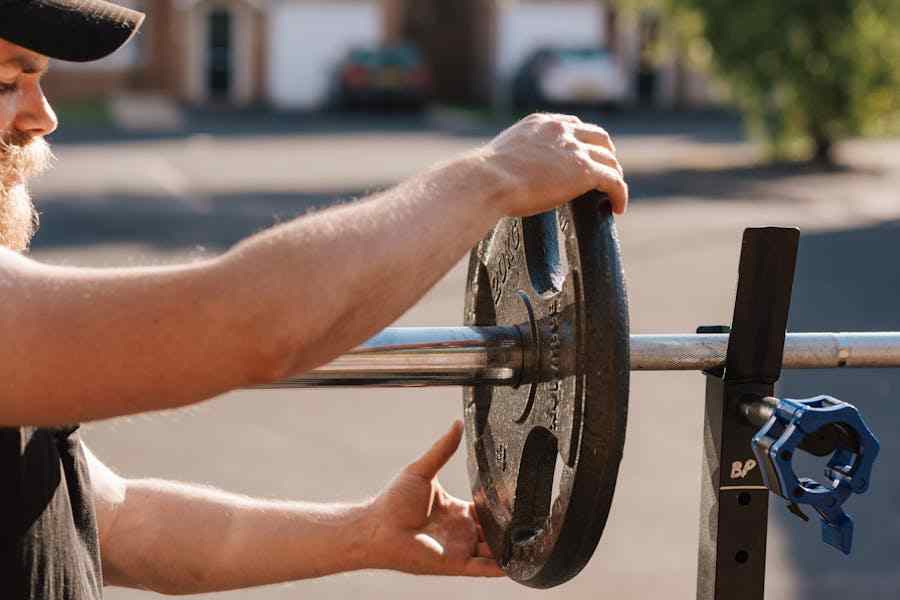Triathlons are famed three-part athletic challenges increasing in popularity like never before, and it’s easy to see why. Combining the refreshment of swimming, the pedaling power of cycling, and the raw energy of running, a triathlon pushes you to your physical limits and allows you to show off your indomitable spirit.
Whether you’re a seasoned athlete or a new enthusiast venturing into fitness, this article gives you the expert fitness techniques you need to get triathlon-ready. Just remember, a triathlon isn’t just an event — it’s a transformative journey.
Why Is Nutrition Important?
While physical training is a no-brainer, it’s only one piece of the puzzle. Training for a triathlon is as dependent on what you eat as it is on how long, hard, or often you train. Just like you wouldn’t expect a car to run without fuel, you can’t expect your body to keep up with disciplined and demanding training routines if you’re lacking proper nutrition.
Healthy prepared meals can help. These meals are fortified with all the necessary nutrients to meet your training benchmarks. These ready-made, balanced meals are an excellent way to maintain dietary discipline and provide your body with essential nutrients while reducing your time spent cooking and planning meals.
How Can I Physically Prepare For A Triathlon?
Triathlons take endurance, combining swimming, cycling, and running in one grueling and exhilarating event. Getting ready to conquer this challenge requires a comprehensive fitness routine. This guide will introduce you to proven fitness techniques to prepare your body and mind for the thrilling multi-sport journey ahead.
1. Interval Training
Interval training is an incredibly effective method to enhance your stamina. This technique involves alternating between intense bursts of activity and fixed periods of less intense activity or even complete rest.
Here’s a sample routine: Warm up with an easy five-minute jog, then accelerate your speed for a minute, pushing your body. Follow that up with two minutes of a slower-paced jog or walk. Repeat this cycle for 20 to 30 minutes.
The beauty of interval training is in its flexibility. You can apply it to swimming, cycling, and running, hitting every corner of the triathlon trifecta.
2. Cross-Training
To train like a triathlon champ, embrace the magic of cross-training. Cross-training involves engaging in exercises outside your primary sport, or in this case, your primary sports. The goal is to improve performance and prevent injuries by working out different muscle groups and reducing the chance of muscle overuse.
A simple starting point in cross-training can be introducing activities like yoga, Pilates, or HIIT. The benefits? Enhanced flexibility, core strength, and improved aerobic capability. Remember, a triathlon isn’t just about endurance — it’s about balance, too!
3. Strength Training
Strength training is the secret weapon for refining your swimming, cycling, and running skills. Developing strength, particularly in the muscles used in triathlons, helps prevent injuries, improves speed, and boosts race performance.
Incorporate these exercises into your routine: planks for core strength, squats for leg power, and lat pulldowns for strong swimming strokes. The goal is not to bulk up but to build lean, durable muscles that can withstand the rigors of a triathlon.
4. Tapering
Tapering is an underrated tactic that’s often missed by beginners, but it can make a significant difference in your race performance. Tapering means reducing your training volume for a period leading up to the main event.
Sounds counterproductive? Well, science backs it up! After intense and sustained training, tapering gives your body a chance to rest, recover, and replenish energy stores. The result? You arrive at the starting line in peak physical condition, ready to give it your all!
5. Flexibility and Mobility Training
An often-underestimated aspect of comprehensive triathlon preparation is increasing your body’s flexibility and mobility. Flexibility enhances your performance while helping to prevent injuries. Incorporate dynamic stretching into your warm-up routine and static stretching into your cool-down time.
Activities like yoga can provide excellent results by increasing your overall body flexibility. This technique ensures that your muscles and joints function in their full range of motion, adding efficiency and power to your swim strokes, pedal pushes, and running strides.
Feel The Burn!
As daunting as a triathlon might seem, remember that the journey toward it is about more than just reaching the finish line — it’s about endurance, strength, and determination. Implement these techniques in your routine and stay disciplined with your healthy prepared meals, and you’re off to a powerful start.
The process will test you, but every lap, mile, and bead of sweat is molding you into a stronger, fitter warrior. Your journey unfolds with the first step — or the first stroke, pedal, and stride!





















